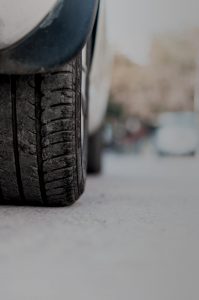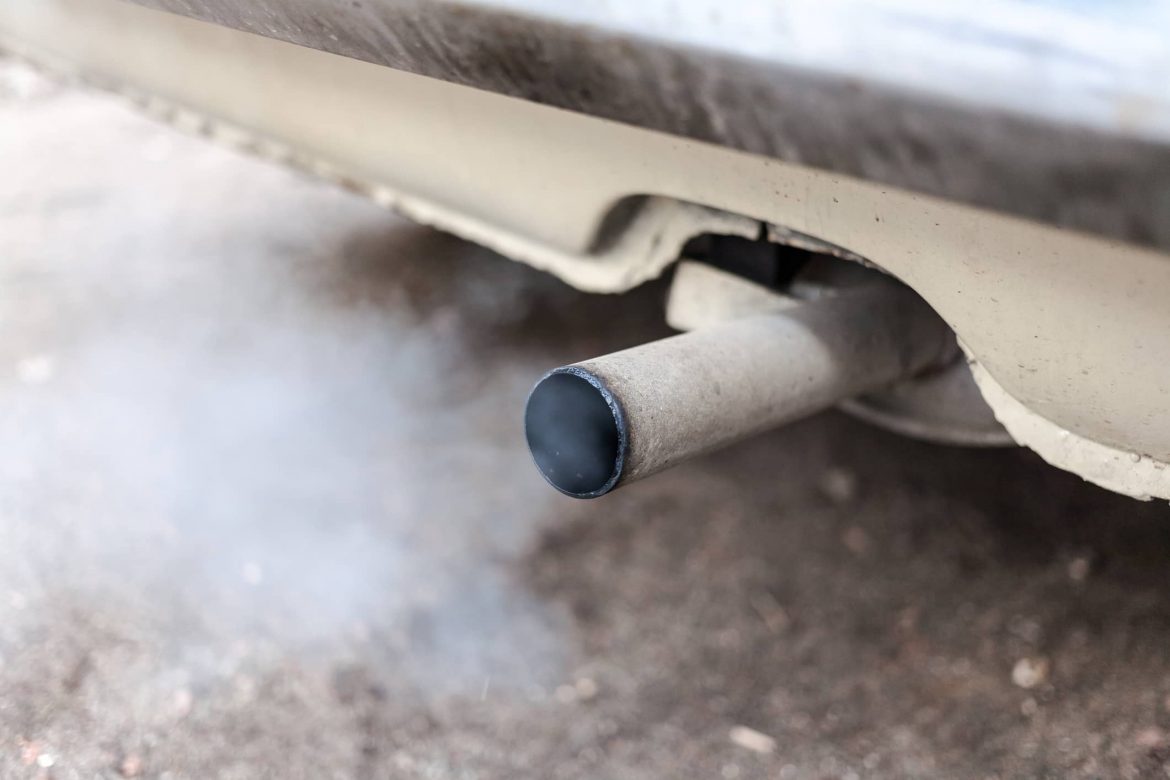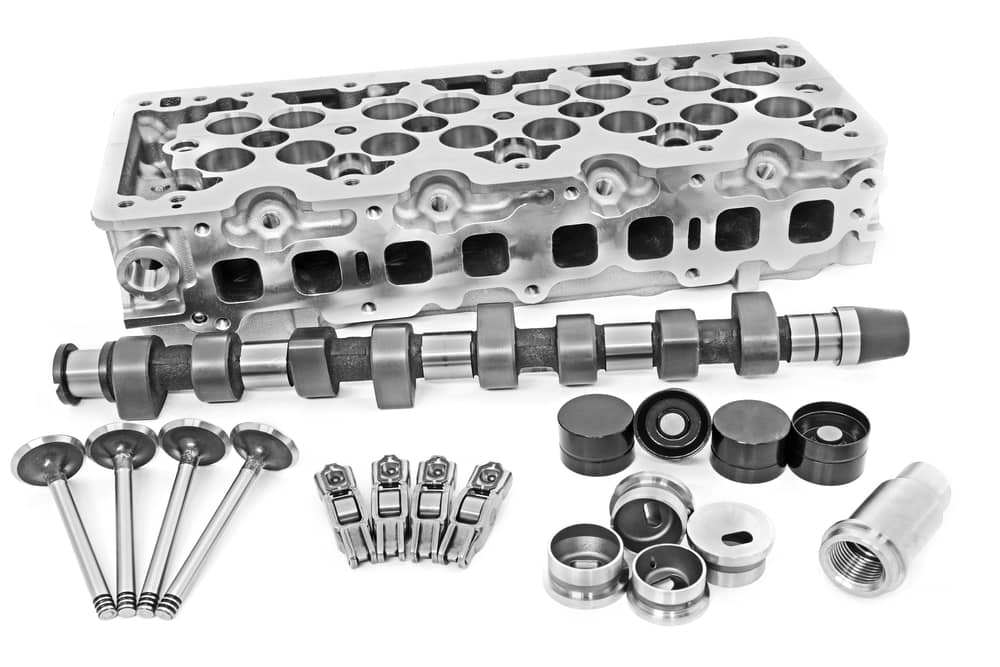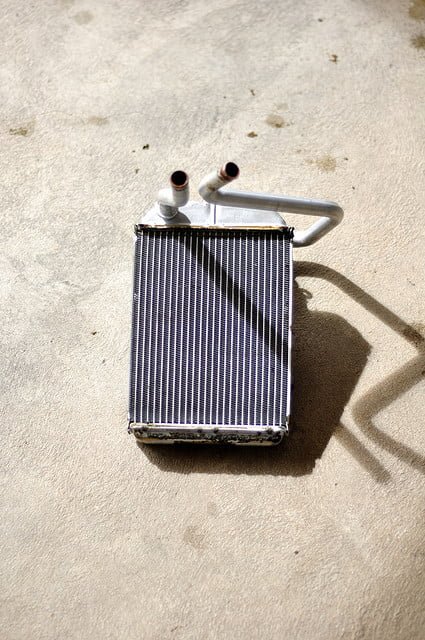 Run flat tires are exactly as the name sounds, tires you can run when they are flat. Now “flat” is a relative term here, it doesn’t mean the tire is literally flat on the bottom like most tires get when they don’t have any air in them. The flat part of run flat means that even if there is no air pressure inside the tire, you can still drive a certain distance at a conservative speed.
Run flat tires are exactly as the name sounds, tires you can run when they are flat. Now “flat” is a relative term here, it doesn’t mean the tire is literally flat on the bottom like most tires get when they don’t have any air in them. The flat part of run flat means that even if there is no air pressure inside the tire, you can still drive a certain distance at a conservative speed.
The benefits of run flat tires are all in the convenience and safety. A 2012 study from the National Highway Traffic Safety Association estimated that over 78,000 traffic accidents happen each year due to flat tires or tires blowing out. If you’ve ever had a tire go flat while you’re driving it is a very scary experience. Besides safety, it’s a real inconvenience to get a flat tire. If you’re lucky enough to have a spare, all the equipment you need to change the tire, enough strength to get the lug nuts off, and the correct air pressure in your spare, changing out a flat and putting on the spare can still take about 30 minutes and that’s if you’re on good hard level ground without a lot of traffic zooming past you.
Run flat tires can be a lifesaver, especially if your vehicle didn’t come equipped with a spare tire. Even if it does have a spare run flats tires can certainly turn a terrible experience into just an inconvenience.
So How do Run Flat Tires Work?
There are 2 main types of run flat tires; tires that can be driven with zero air pressure, and tires that are designed to seal punctures before too much pressure is lost.
Tires that are designed to run with zero air pressure are truly run flat tires. If you’ve ever seen a completely flat tire you can see that the weight of the car rushes the sidewall of the tire in between your rim and the ground. A run flat tire will have a strong sidewall that keeps the weight of your car from completely crushing it so you can still drive. Other tire companies accomplish the same goal by putting a support ring at the center of the tire that serves the same purpose of supporting the weight of the car between the wheel and the ground in the event that the tire loses all of its air pressure.
The other type of run flat tires are really more accurately called no flat tires. These types of tires are filled with some sort of compound that can seal a hole quickly if punctured. These tires can be less expensive but can’t protect against sidewall or bead damage as well as a run flat tire.
While run flat tires can be a lifesaver, they also have some drawbacks. Run flat tires are quite a bit heavier than regular tires so they will affect the way your car drives and handles by adding unsprung weight. They also are significantly more expensive than regular tires and your favorite tire shop probably doesn’t stock as many run flat options. If you find yourself with a flat tire, check out our article on changing a flat tire.
Photo by Varun Gaba on Unsplash
BlueDevil Products can be found on Amazon.com or at AutoZone, Advance Auto Parts, O’Reilly Auto Parts, NAPA, and other major auto parts retailers.
Related Articles



